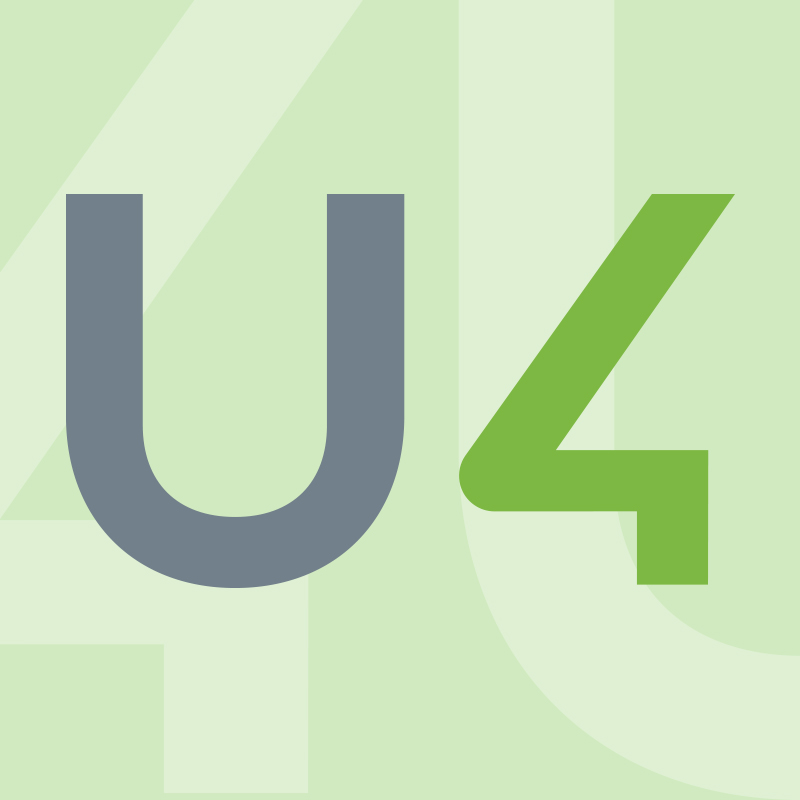Nonprofits need a Cloud platform to reimagine the value they get from data
The nonprofit industry continues to remain under pressure from both operational and external angles.
They must reimagine their operations to place data at its heart, drawing as much value, insights, and actions from their data as possible to optimize performance and transform their outcomes. This requires integrated data and a Cloud-platform to provide these benefits without creating large costs and maintenance.

Our recent webinar with Argano highlights how Microsoft and Unit4’s partnership provides an ideal Cloud platform for nonprofits to excavate value from their data and use it to navigate pressures successfully.
Keep reading to find out how to reimagine your data processes, today.
Growing pressure for nonprofits
External pressures remain a fact of industry realities, such as restrictive grant conditions, limited funding, rising demand for services, and growing turnover rates.
But there are many other challenges that are the result of internal operational inefficiencies, such as poor resource utilization, lack of data visibility, poor reporting capabilities, and employee demands for productive tools.
While external pressures are hard to change, internal transformation of operations by leveraging digital Cloud-led tools could resolve many internal pressures and consequently alleviate external pressure by streamlining tasks, reducing manual input, and scaling a nonprofit’s ability to analyze data and plan for change.
The webinar makes clear the need for change as 62% of nonprofits want to spend less time on admin. Additionally, a 21% employee turnover rate indicates that employees and volunteers need digital tools to provide a better user experience that is led by data.
What prevents data value creation for nonprofits?
For nonprofits their data already exists, from resource data to how many hours a volunteer has worked. The key is to infuse as much value into this data as possible, to turn this data into useful information and actions, which isn’t possible for nonprofits currently.
To use an analogy, you may already have all the tools you need for a repair, but if you spend hours finding your hammer or figuring out if your drill bit is the right depth then the value of having the tools in the first place is lost. Alternately, if your tools were organized and visible, the job will be done quicker, and tools realize their full value.
Legacy processes and systems have led to a tangled web of data that nonprofits can’t leverage in a way that brings value. This is the result of:
- Data being siloed into functions or fragmented systems
- Technical applications and platforms requiring advanced skills
- Security risks involved with data sharing
- Costly maintenance of current systems slowing adoption
- Time consuming manual processes
- System migration costs
Scaling data analysis in the Cloud
The modernization and digitization of data is key for nonprofits to solve these pressures, both internally and externally.
By migrating to the Cloud nonprofits can consolidate their siloed data into a ‘data lake’ as they refer to it in this webinar, allowing them to integrate HR, project, and financial data in one place.
This provides unrivalled visibility of an organization’s data, but also, through Cloud-native features, employees can benefit from streamlined workflows thanks to predefined features for nonprofit-specific tasks, standardized reporting, automation of data entry, and more.
Efficiency focused features aren’t just about the employee experience, but reducing manual effort allows staff to spend more time on data analysis, to plan and forecast data to manage change, rather than drowning in repetitive data entry.
As they outline in the webinar, “data is the oxygen of digital transformation”. With a nonprofit’s data integrated into a single Cloud platform, the organization can alleviate many of the pressures discussed by engaging stakeholders, optimizing operations, empowering employees, and transforming programs.
With integrated data, organizations can drive analytics modernization to unlock value from the data. In the webinar they outline this process in three steps:
- With integrated data, the nonprofit can capture all an organization’s data from HR, projects, finances, and more, and present it in a single place
- Infuse intelligence into that data and turn it into information through dashboards, metrics, KPIs, and more
- By analyzing the data organizations can improve outcomes turning this information into action based on data insights.
Importantly, while there are tech stacks of multiple applications and integrations that can provide this kind of data analysis value, managing these integrations can be a costly and unmanageable manual task itself, especially with on-premises systems.
Nonprofits need a centralized Cloud-powered common data model that allows a collaborative, adaptable, and flexible solution that is future-proof, as well as automated and modern data processes that provide real employees with time to analyze and think data forward.
How can Unit4 help nonprofits add value to their data?
Unit4’s ERP, FP&A, HCM, and Source-to-Contract solutions leverage the Nonprofit Common Data Model (NCDM), enabling nonprofits to leverage standardized data structures across key operational areas.
The NCDM is an open source, standardized, and interoperable framework designed to enhance data integration, sharing, and collaboration within the nonprofit sector. By aligning data processes with industry best practices, it empowers both technical and non-technical staff to work more effectively.
By breaking down data silos and ensuring consistency, nonprofits can enhance efficiency, accuracy, and strategic decision-making. This leads to a greater impact across essential functions such as donor and volunteer management, fund management, and program evaluation.
Key Features of Unit4’s Nonprofit Common Data Model:
- Standardized Processes – A well-structured set of data entities specifically designed for nonprofits, covering critical areas like donor management, program execution, volunteer engagement, and fundraising.
- Seamless Integration – Built for interoperability, the NCDM allows smooth data exchange between various nonprofit software solutions without requiring complex custom integrations.
- Data Consistency – Enforces uniform data representation and naming conventions to ensure accuracy, reliability, and comparability across multiple systems and workflows.
- Flexibility & Customization – While offering a standardized framework, the model can be tailored to accommodate unique organizational needs, allowing nonprofits to define custom attributes and entities.
- Advanced Analytics & Reporting – A structured data approach enables more accurate insights, streamlined reporting, and data-driven decision-making to measure impact and refine strategies.
- Data Governance & Compliance – Strengthens data governance with predefined relationships and definitions, helping nonprofits uphold data quality and comply with regulatory requirements such as data privacy laws.
To learn more about why nonprofits should utilize a Cloud-powered platform for their data needs, watch the full webinar on-demand today, or learn more about Unit4’s Common Data Model in this factsheet – talk to sales today!






